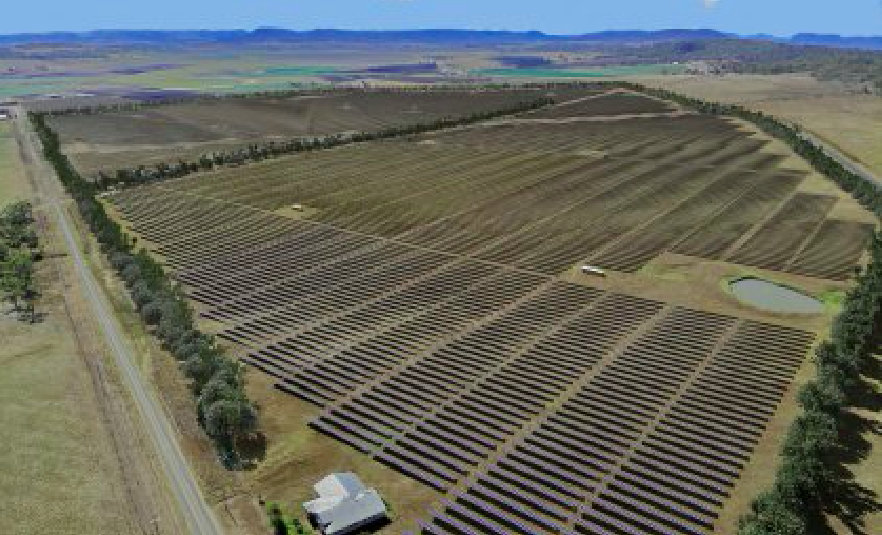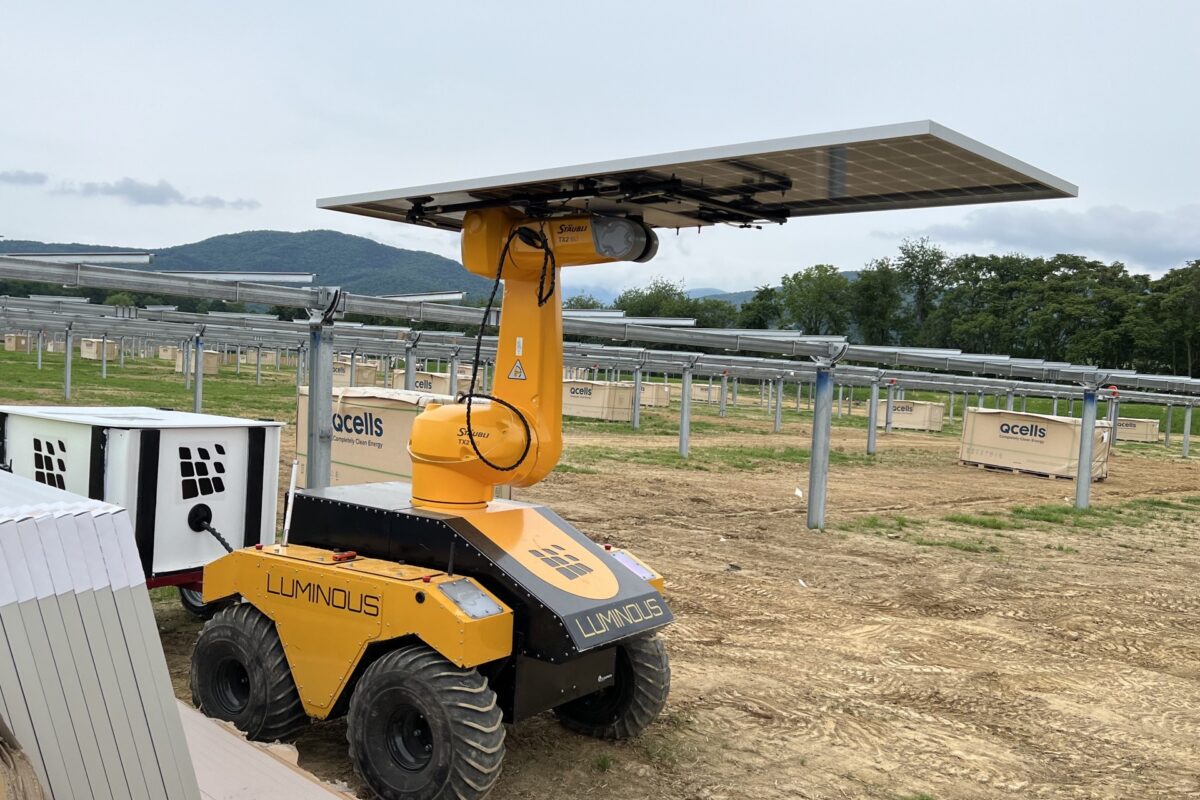UQ has taken its commitment to reducing carbon emissions to the next level, in what it claims will be a world first. The university will develop a 64 MW utility scale solar project in Queensland, which alongside its 50,000 modules already in place at its campuses will virtually provide all of its electricity needs.
The university’s Vice Chancellor Peter Høj said that the university will be energy neutral by 2020.
The 64 MW large scale solar project comes with a price tag of $125 million. The university reports that it will pay for itself over the life of the project, through electricity savings.
“The solar farm will offset UQ’s current $22 million annual expenditure on grid electricity once it is fully operational in 2019,” Vice Chancellor Høj said in a statement.
UQ will become the project’s owner from developer Terrain Solar once construction begins later this year. The project is expected to take 12 months to build.
The university says that it has ‘more than seven years’ experience in managing large scale solar assets – pointing to smaller arrays in place in Brisbane and Gatton.
The 64 MW solar farm was approved by the Southern Downs Council on June 6. Mayor Tracy Dobie said that the project will create jobs and attract visitors.
“It is this kind of investment into the region that secures jobs, economic growth and financial sustainability for the region,” said Dobie in a statement. “Renewable energy is a key element in our sustainable future and here on the Southern Downs we will have a first class working example of a solar farm existing in harmony with agriculture.”
The project plan includes a visitor centre and UQ hopes to attract local and international visitors to the site – alongside participants in an existing schools program. It will also install EV ‘fast charging’ stations.
Speaking to The Australian, UQ’s energy and sustainability manager Andrew Wilson said that tracking will be deployed at the site. It has been designed with wide rows to prevent tracking, and also to allow for sheep grazing to continue at the site.
“The sheep actually really like the fact that when it’s hot in the middle of the day, they can use the shade under the panels to take shelter,” said Wilson.
This content is protected by copyright and may not be reused. If you want to cooperate with us and would like to reuse some of our content, please contact: editors@pv-magazine.com.









1 comment
By submitting this form you agree to pv magazine using your data for the purposes of publishing your comment.
Your personal data will only be disclosed or otherwise transmitted to third parties for the purposes of spam filtering or if this is necessary for technical maintenance of the website. Any other transfer to third parties will not take place unless this is justified on the basis of applicable data protection regulations or if pv magazine is legally obliged to do so.
You may revoke this consent at any time with effect for the future, in which case your personal data will be deleted immediately. Otherwise, your data will be deleted if pv magazine has processed your request or the purpose of data storage is fulfilled.
Further information on data privacy can be found in our Data Protection Policy.